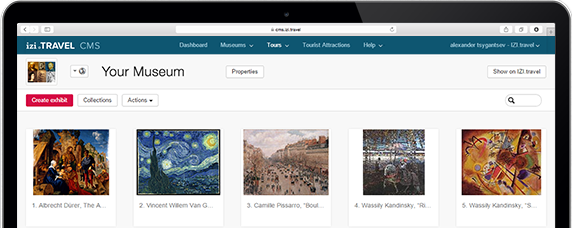Audioguía Castro (BG) - Lakefront itinerary
2 sights
- Resumen de audiotour
-
Resumen de audiotour
Castro is a small town, of about 1,500 inhabitants, called Castrensi. It overlooks Lake Iseo. The name reveals its historical nature: it comes from the Latin word "Castrum," a fortified place since Roman times, and remained so in medieval times. It is divided into: village (lower part) and Rocca (upper part). At the beginning of the village is a large factory, Luchini Sidermeccanica, one of the largest metal-mechanical-steel industries in the Bergamo area and one of the main resources of the village.
In the 14th century, when the Ghibellines destroyed the fortification of the Rocca locality, the population left the elevated territory and established their dwellings on the lakeshore. This resulted in the formation of a fishing village, the ancient urban structure of which is still clearly visible today, with covered passageways, porticoes and characteristic cobblestone alleys, all developed around the former parish church of St. James. The historic center has recently been renovated.
Lake Iseo, also called Sebino, is very deep and can be up to 250 meters deep. Monte Isola, in the Brescia area of the lake, is the largest lake island in Europe. Fishing for sardines, carp, pike, and perch is particularly popular. The most popular water sports are sailing and windsurfing.
- 1 Beach - Carnival
- 2 Monument to the Fallen
- 3 Castro Harbour
- 4 Viewpoint
- 5 Panoramic Point, Book of Poems
- 6 Viewpoint
- 7 Public beach
- 8 Start of the steps of the Stross trail
- 9 Amphitheater
- 10 Church of the Nativity of Mary
- 11 Pier
-
Resumen de audiotour
Castro is a small town, of about 1,500 inhabitants, called Castrensi. It overlooks Lake Iseo. The name reveals its historical nature: it comes from the Latin word "Castrum," a fortified place since Roman times, and remained so in medieval times. It is divided into: village (lower part) and Rocca (upper part). At the beginning of the village is a large factory, Luchini Sidermeccanica, one of the largest metal-mechanical-steel industries in the Bergamo area and one of the main resources of the village.
In the 14th century, when the Ghibellines destroyed the fortification of the Rocca locality, the population left the elevated territory and established their dwellings on the lakeshore. This resulted in the formation of a fishing village, the ancient urban structure of which is still clearly visible today, with covered passageways, porticoes and characteristic cobblestone alleys, all developed around the former parish church of St. James. The historic center has recently been renovated.
Lake Iseo, also called Sebino, is very deep and can be up to 250 meters deep. Monte Isola, in the Brescia area of the lake, is the largest lake island in Europe. Fishing for sardines, carp, pike, and perch is particularly popular. The most popular water sports are sailing and windsurfing.
Reseñas
Descargue la app gratuita de izi.TRAVEL
¡Cree sus propias audioguías!
La utilización del sistema y la app de guía para móvil es gratuita


